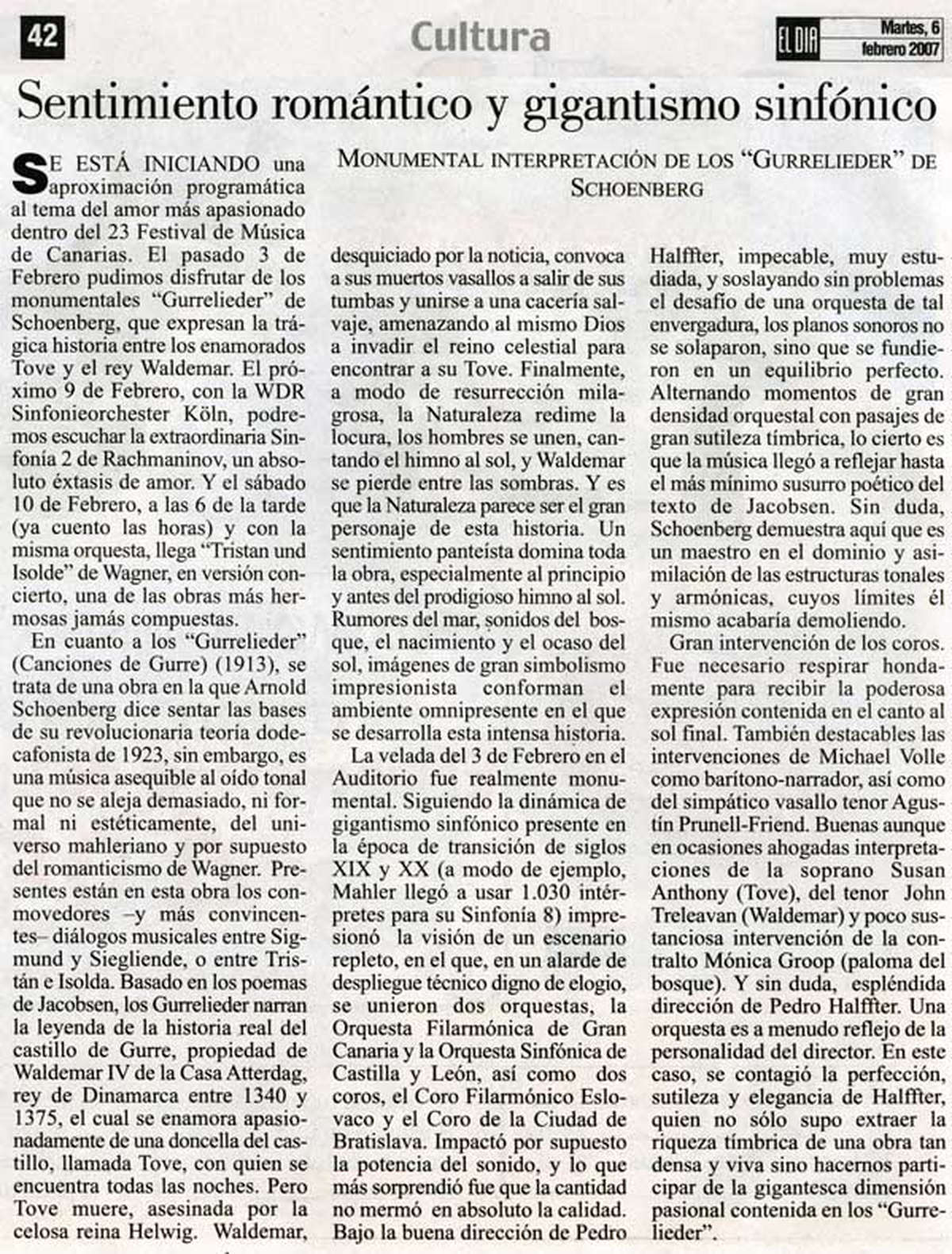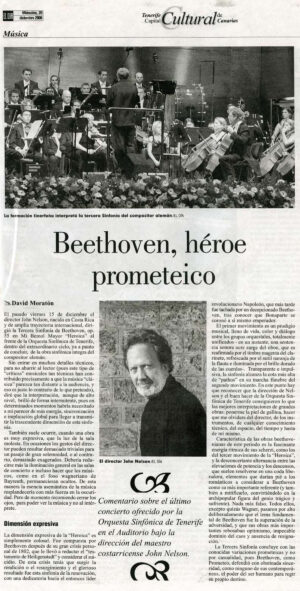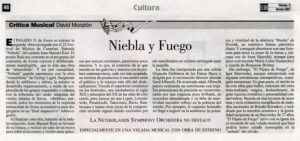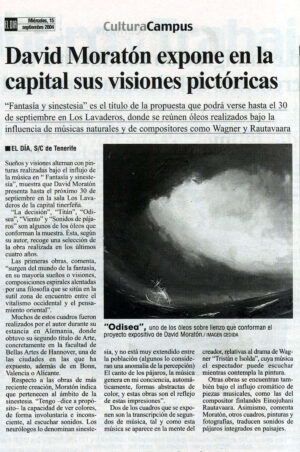Romantic Sentiment and Symphonic Gigantism
A programmatic approach to the theme of passionate love is being initiated within the 23rd Festival of Music of the Canary Islands. Last February 6, we were able to enjoy the monumental “Gurrelieder” by Schoenberg, which express the tragic history between the enamored Tove and King Waldemar. The first part of February, with the WDR Sinfonieorchester Köln, could be something like a return to the Symphony of the Fantastic 2 by Rachmaninoff, an absolute masterpiece of genre. And it continued on February 10 with the late evening of the same orchestra, “Tristan und Isolde” by Wagner. But certainly, one of the most ambitious works composed.
On the other hand, the “Gurrelieder” (Songs of Gurre) (1913), is taken from a work in which Jens Peter Jacobsen, Schoenberg wanted to take the foundation of the new concept of the new colonist of 1923; however, the music assembled all the work that is not being historically formatted or aesthetically, from the alleged reverse melleriano and for supposed post-romanticism of Wagner. The present are in this work with novelty – and complex – dialogues between Sigmund and Sieglinde, and between Tove and Isolde. Based on the poems of Jacobsen, the composer narrates the legend of the story of real history of the castle of Gurre, protected by Waldemar IV of the Casa de Allerdag, King of Denmark between 1340 and 1375, who fell in love passionately with the daughter of the castle, called Tove, with whom he encounters all the nights. Prior to Tove dies, murdered by the jealous queen Helwig, Waldemar,
MONUMENTAL INTERPRETATION OF THE “GURRELIEDER” BY SCHOENBERG
disquieted by the news, conveys to his dead vassals to leave his tombs and return to accompany him in his journey, threatening the same God to reject the kingdom of heaven if he does not find his Tove. Finally, the mode of expression is similar, the Nature herself, man, the hombre sing, capturing the hymn to the sun, and Waldemar loses between the shadows.
But suddenly, the Waldvogel that the Nature seems to be the great mediator, of the history, of the sentiment and the pantelist dominates all the work, especially to the principle of the most acid prejudged flaming of the Rumores del man, sounds of the forest, the lament of the vicious of the sea images of great symbolism and impressionist, with the containing the environment impression in which the princess listened to the story.
The evening of February 3 at the Auditorium was truly monumental. Following the dynamic of the gigantic symphonic present during the epoch of transition of centuries XIX and XX from the example, Mahler came to use 1,030 interpreters for his Symphony no. 8 in symphony the vision of a scenario replete, in the sense of altitude and desplegué technical worthy of eology, is well, two directions, the Orquesta Filarmónica de Gran Canaria and the Orquesta Sinfónica de Castilla y León, as well as two choirs, the Cor Lieder (Palma de Mallorca) and the Cor of the City of Barcelona. Imposing by the acoustic possibility of the sound, and what is more important was that the quantity and no mermo it absolutely in quality. Under the direction of the director
Halffter, impeccable, very studied, and overwhelming without problems the challenge of an orchestra of such enormous clothing, the soloists were in perfect equilibrium. Alternative, the tenor Hermann Wallen and the soprano Susan Anthony (Tove), the baritone Anthony Michaels-Moore and the contralto Mόnica Groop (Finlandesa del bosque). And without doubt, the splendid direction of Pedro Halffter. In this case, it was contracted with the perfection, the strength of the Halffter, for whom one just knew how to extract the pure symphonic of an immense passionate content in the “Gurrelieder”.
David Moratón
El Dia, Tenerife, Spain
6 February
2007






Reviews
There are no reviews yet.